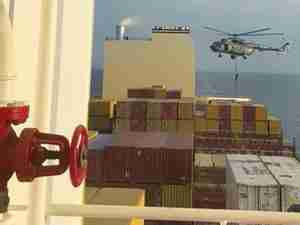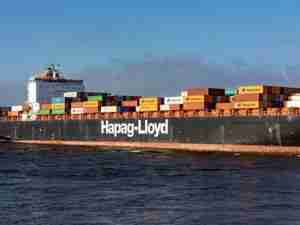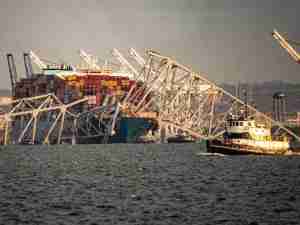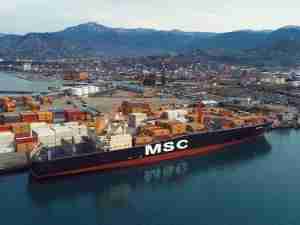TSA-Westbound carriers take aim at depressed rates for low-margin, high-volume cargoes
posted by AJOT | Oct 08 2014 at 12:58 PM | Liner Shipping
Container lines serving the U.S. export trade to Asia have seen freight rates fall well below breakeven levels in recent months amid weakening demand and rising costs. This comes in a trade where relatively low-value, low margin base cargoes such as recyclables and hay account for up to 40% of the entire market, and are moving at rates which do not cover the variable transport costs, let alone contribute to voyage costs.
Member carriers in the Transpacific Stabilization Agreement (TSA) Westbound section have now responded with recommended guideline minimum rates of US$300 per 40-foot container (FEU) from Los Angeles/Long Beach, and $750 per FEU for all-water U.S. East and Gulf Coast shipments, for shipments of waste paper, hay, and metal and plastic scrap to China base ports. The new minimum rates are to take effect November 1, 2014.
TSA-Westbound lines added that the specified minimums still do not restore rates to sustainable levels for the commodities and port pairs in question, and it is expected that these, along with rates for other origins and other destinations will need to be higher. The Agreement indicated that further increases are likely in December and in early 2015.
“Many base cargo rates in the westbound transpacific market are approaching levels that do not justify carriage, especially when you take into account offsetting destination costs such as equipment cleaning and repair and local delivery,” said TSA-Westbound executive administrator Brian Conrad. “That’s bad news for shippers in a market with strong headhaul Asia-U.S. demand for repositioning of empty equipment on westbound ships, as well as for carriers for which recyclables and hay represent a large share of the market. We need to bring those rates up and we believe the market can support the higher minimums.”









